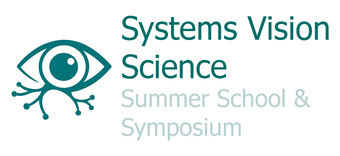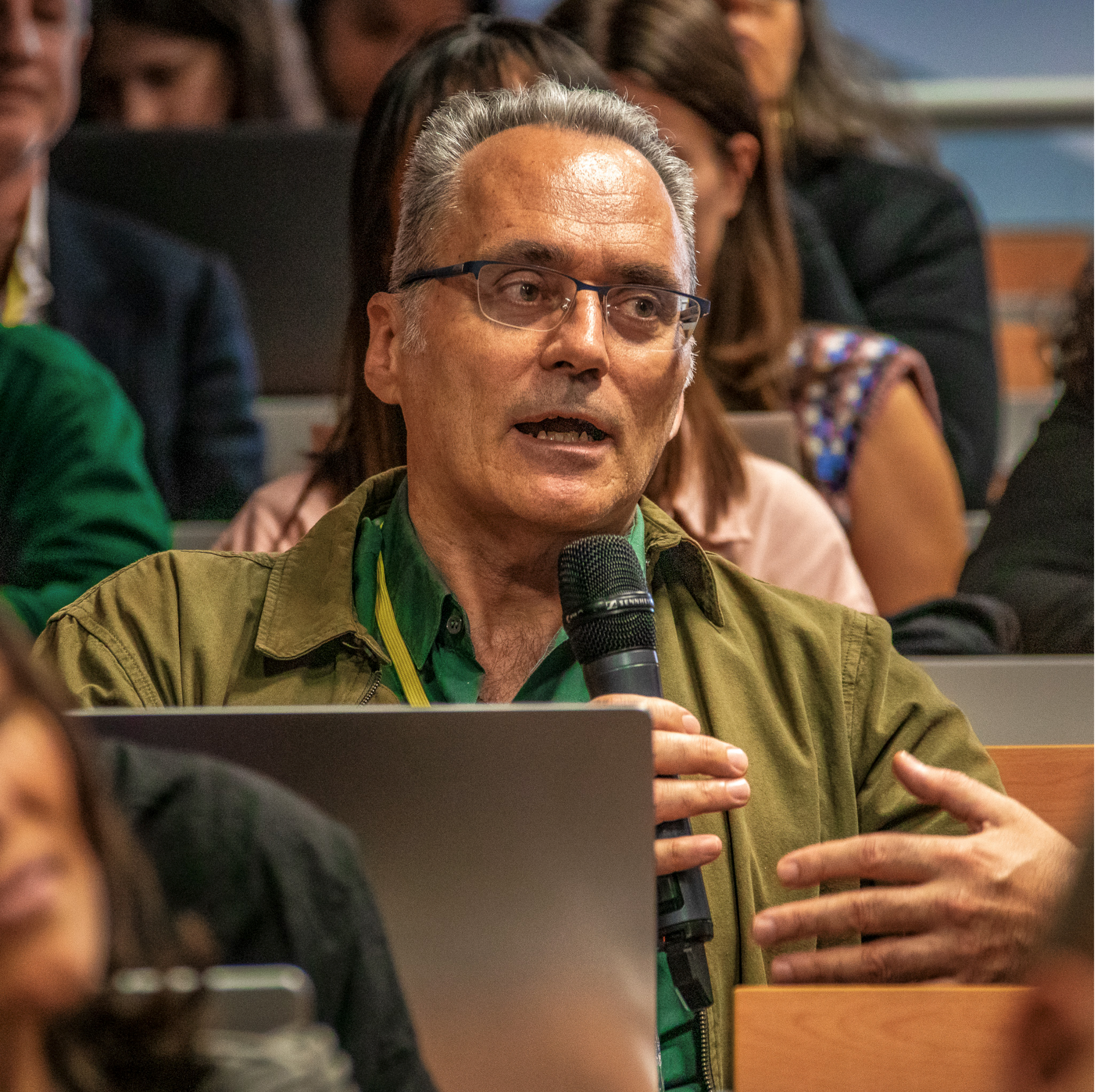 Marco Bertamini | Marco Bertamini studied psychology at the University of Padova, Italy, and then at the University of Virginia, USA. He moved to Liverpool in 1999, where he established the Visual Perception Laboratory. His interests are broad across visual perception and cognition. For more information visit http://www.bertamini.org/lab |
 David H. Brainard | David H. Brainard is the RRL Professor of Psychology http://psych.upenn.edu at the University of Pennsylvania http://upenn.edu. He received an AB in Physics (Magna Cum Laude) from Harvard University (1982) and an MS (Electrical Engineering) and PhD (Psychology) from Stanford University in 1989. His research focuses on color vision, intrinsically photosensitive retinal ganglion cells, retinal imaging, as well as computational models thereof. He is a fellow of the Optical Society http://osa.org/, ARVO http://arvo.org/ and the Association for Psychological Science http://www.psychologicalscience.org/, as well as an elected member of the Society of Experimental Psychologists https://color.psych.upenn.edu/people/david-brainard/sepsych.org and the National Academy of Sciences USA https://color.psych.upenn.edu/people/david-brainard/nasonline.org. He is currently a member of the editorial board of the Journal of Vision http://journalofvision.org/ and co-editor of the Annual Review of Vision Science https://www.annualreviews.org/journal/vision . |
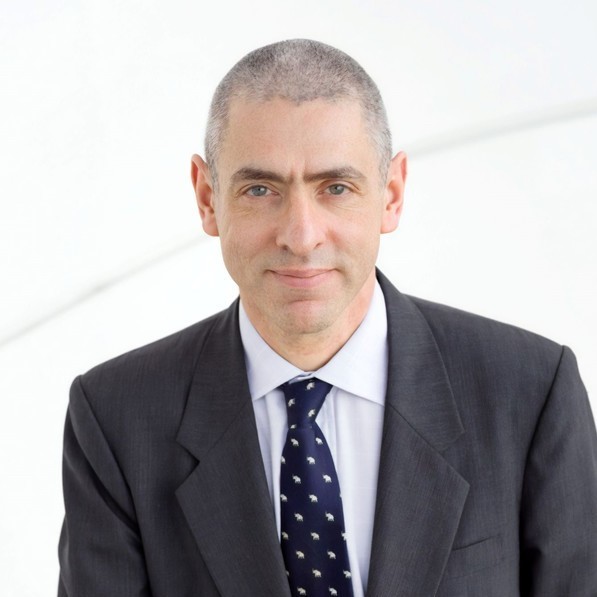 Peter Dayan | Peter Dayan is director of the Max Planck Institute for Biological Cybernetics and professor at the Eberhard-Karls-University in Tübingen. His research focuses on decision-making processes in the brain, the role of neuromodulators and neuronal malfunctions. Website: https://www.kyb.tuebingen.mpg.de/computational-neuroscience |
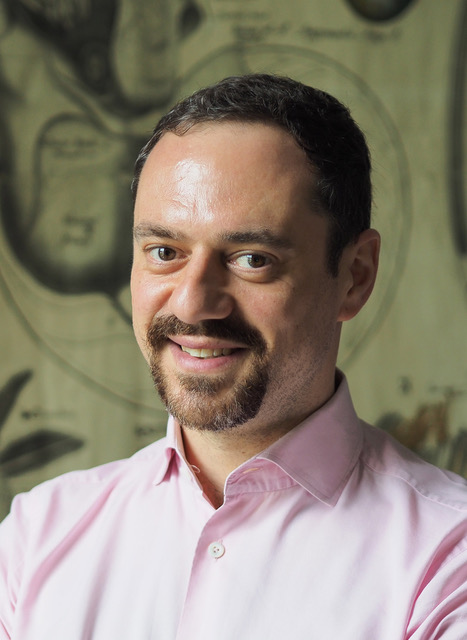 Roland Fleming | Roland Fleming is the Executive Director of the Center For Mind, Brain and Behaviour (CMMB) of the Universities of Marburg and Giessen, and co-Spokesperson for the Research Cluster The Adaptive Mind. He is an interdisciplinary researcher specializing in the visual perception of materials, illumination and 3D shape. He did his undergraduate degree in Psychology, Philosophy and Physiology at Oxford University, graduating with First Class Honours in 1999, and completed his PhD in the Department of Brain and Cognitive Sciences at MIT in 2004. He then served as a project leader at the Max Planck Institute for Biological Cybernetics in Tübingen. In 2010 he joined Giessen University as a junior professor. Since 2016, has been the Kurt Koffka Professor of Experimental Psychology. |
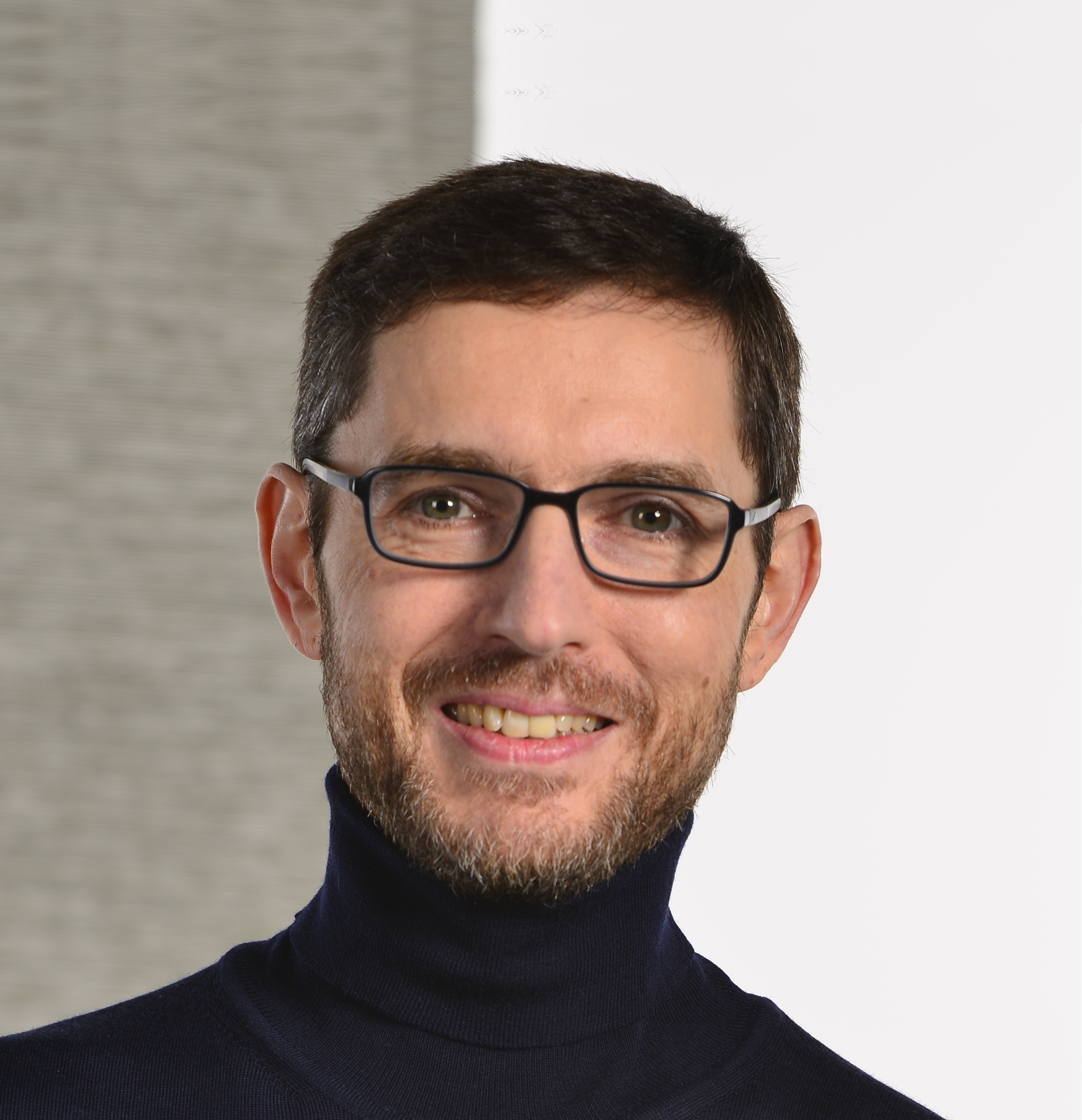 Pascal Fries | Pascal Fries leads the Neurodynamics group at the MPI for Biological Cybernetics. His research has focused on the functional role of rhythmic neuronal synchronization for cognition and behavior. Website: https://www.kyb.tuebingen.mpg.de/782762/Neurodynamics |
 Wilson S. Geisler | Wilson (Bill) Geisler holds the David Wechsler Regents Chair in Psychology at the University of Texas at Austin and is a member of the NAS. He founded the Center for Perceptual Systems and was its director for over two decades. He is a vision scientist known for his work on the relationship between visual performance and the neurophysiology of the visual system in human and non-human primates, for his work on the mathematics of how to perform perceptual tasks optimally (the “theory of ideal observers”), for studies of eye movements and visual performance in natural tasks, and for studies of the relationship between the statistical properties of natural stimuli and the structure, function, and evolution of the visual system. Website: https://liberalarts.utexas.edu/psychology/faculty/wsg8 |
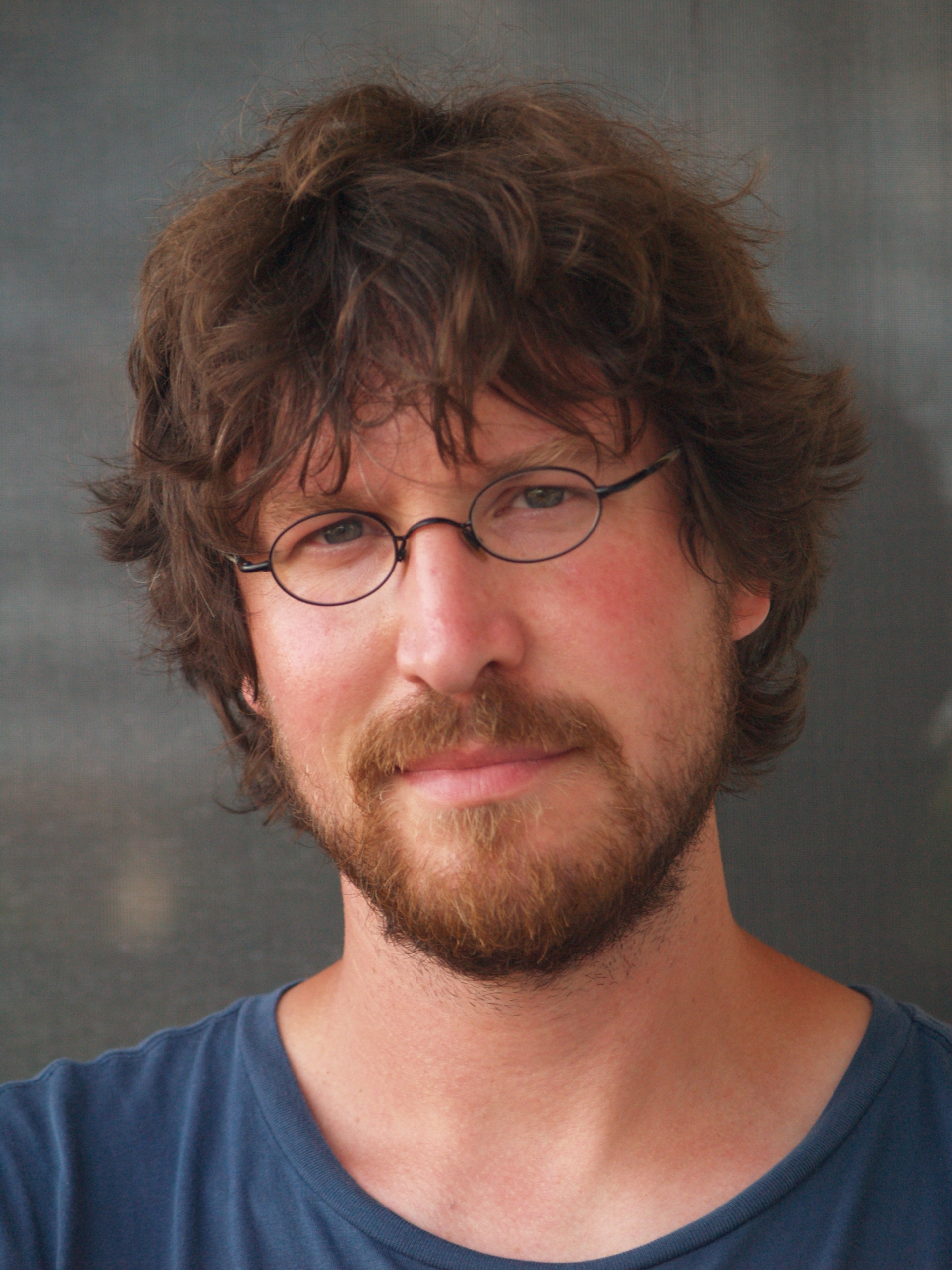 Robbe Goris | Robbe Goris is a computational neuroscientist who seeks to understand how neural circuits in the primate brain process visual information and support visually guided behavior. He is an associate professor at the University of Texas at Austin and uses a combination of behavioral, electrophysiological, and computational techniques in his research. His work has clarified the structure of neural response variability in the visual cortex, illuminated how anticipation shapes visual representations of the natural environment, and revealed how neural circuits in the prefrontal cortex support perceptual interpretation and action planning. Website: https://gorislab.github.io/ |
 Sheng He | Sheng He is a IBP Academic Deputy Director Website: http://english.ibp.cas.cn/sourcedb/rck/EN_nyrzkxddsys/202005/t20200519_341411.html |
 Tadashi Isa | Tadashi Isa is professor at the Department of Neuroscience at the Graduate School of Medicine at the Kyoto University and vice president of the Japan Neuroscience Society. He is, amongst others, interested in the structure and function of the neural circuits that are involved in the control of eye movements and in neural mechanisms of functional recovery after brain and/or spinal cord injuries. Website: https://nscinbiol.med.kyoto-u.ac.jp/en/member/tadashi-isa/ |
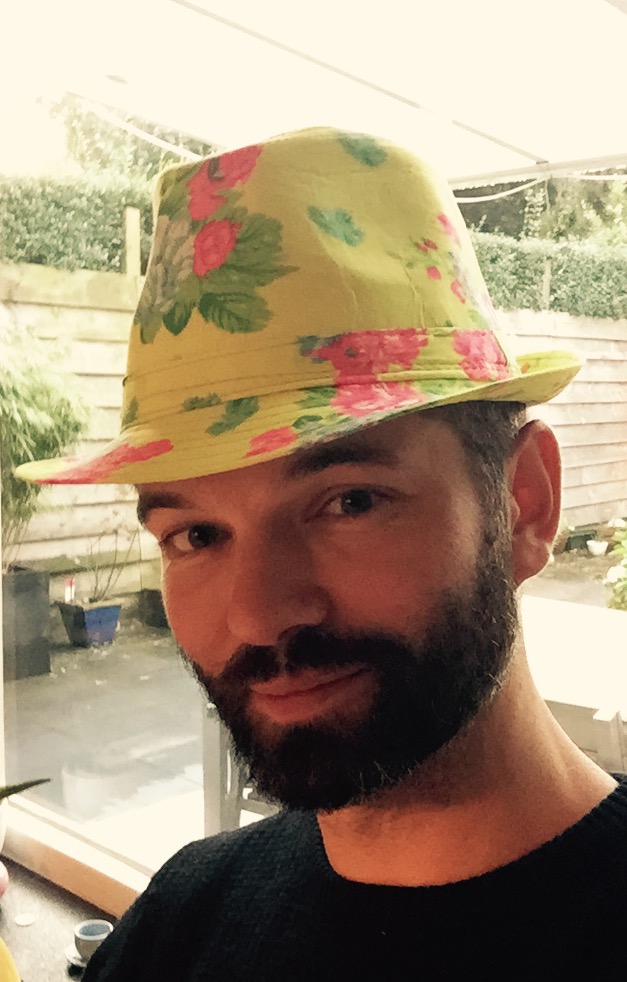 Tomas Knapen | I received my PhD in ‘Physics of Man’ from Utrecht University. I did postdoc work at Université Paris Descartes, Vanderbilt University and the University of Amsterdam, before starting the lab at the Vrije Universiteit. My interests include the encoding of visual information in the cerebral cortex, and how cognitive factors influence this. I come from a psychophysics background, after which I started doing imaging work. This personal scientific history ensures that I strongly emphasise the behavioral aspects of tasks we investigate. Coming from a physics department, I really like having a model to explain my findings. Also, I attach a lot of importance to understanding the signals we use in our studies as fully as we can. Website: https://tknapen.github.io/ |
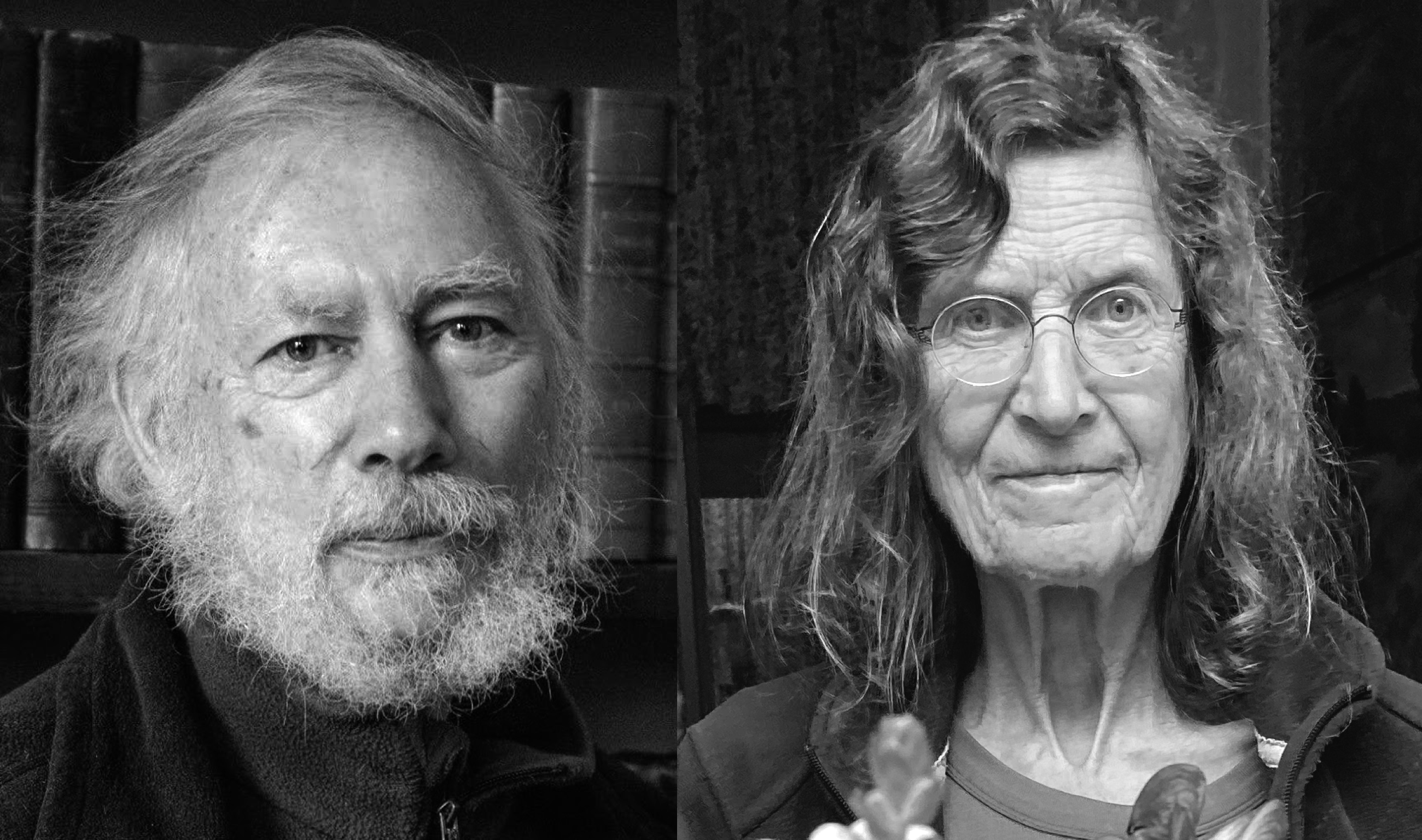 Jan Koenderink | Jan Koenderink and Andrea van Doorn have collaborated (for the past half century) on a variety of topics in psychophysics and experimental phenomenology. They both have roots in physics and mathematics. Throughout the decades they have been involved in helping develop the basics of cybernetics, computer vision and artificial intelligence. Their current interests are mainly focussed on the visual arts. Both are since long retired. They regularly work at Utrecht University (Netherlands), Leuven University (KU Leuven, Belgium), Giessen University (Germany) and the University of Sassari (Italy). Their homebase is Utrecht, the Netherlands. Some works can be downloaded from the Clootcrans Press (https://gestaltrevision.be/resources/clootcrans). |
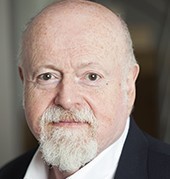 Laurence Maloney | Laurence Maloney is professor for Psychology and Neural Science at New York University. His research interests focus on how organisms gather information and act on it, on visual perception, decision making and movement planning. By using mathematical statistics, physics and mathematics, Laurence Maloney compares human performance to models of performance. Website: https://as.nyu.edu/faculty/laurence-thomas-maloney.html |
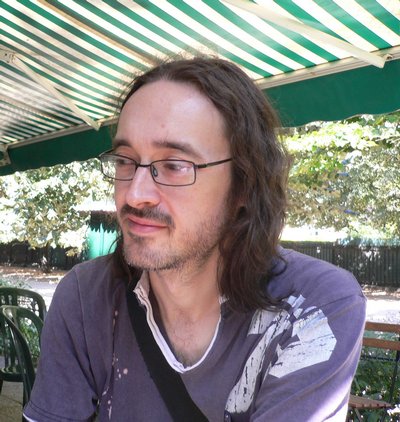 Keith May | Keith May is a lecturer at the Department of Psychology, University of Essex. His work investigates the processing performed by the human visual system. His research mainly falls into the following areas: perceptual encoding, edge processing, visual grouping, visual attention, and coding efficiency. He also works on face perception and memory. In 2014 he was awarded the AVA David Marr Medal. |
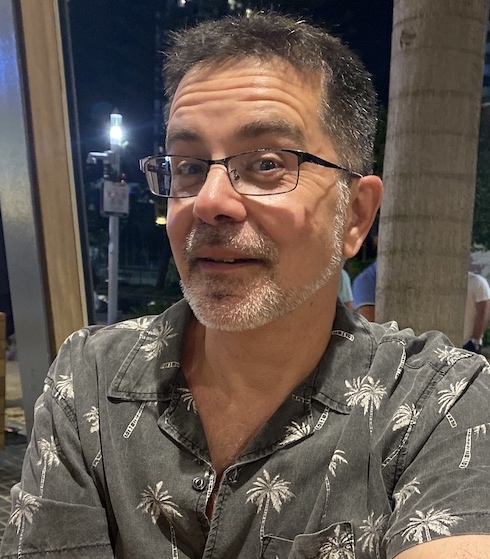 Marcello Rosa | Marcello was born in Rio de Janeiro, Brazil. He migrated to Australia to take his first job immediately following completion of a PhD. Following 9 years as a Research Fellow at the University of Queensland, he moved to Monash University, where he teaches and leads an active research laboratory. He is internationally recognised as one of the top authorities on brain anatomy. His research attempts to understand how brain cells become interconnected to create the circuits that enable us to perceive, think and act, and how these circuits change following brain damage in different stages of life. Much of his work is focused on the parts of the brain that enable us to see, including research aimed at ameliorating blindness caused by stroke or accidents. He was also part of a multidisciplinary team which created a “bionic eye” based on direct stimulation of the brain’s visual centres. His work has been continuously funded by both the Australian Research Council and the National Health and Medical Research Council for over 2 decades. He contributes to both agencies through participation in committees involved in assessment of research proposals.
|
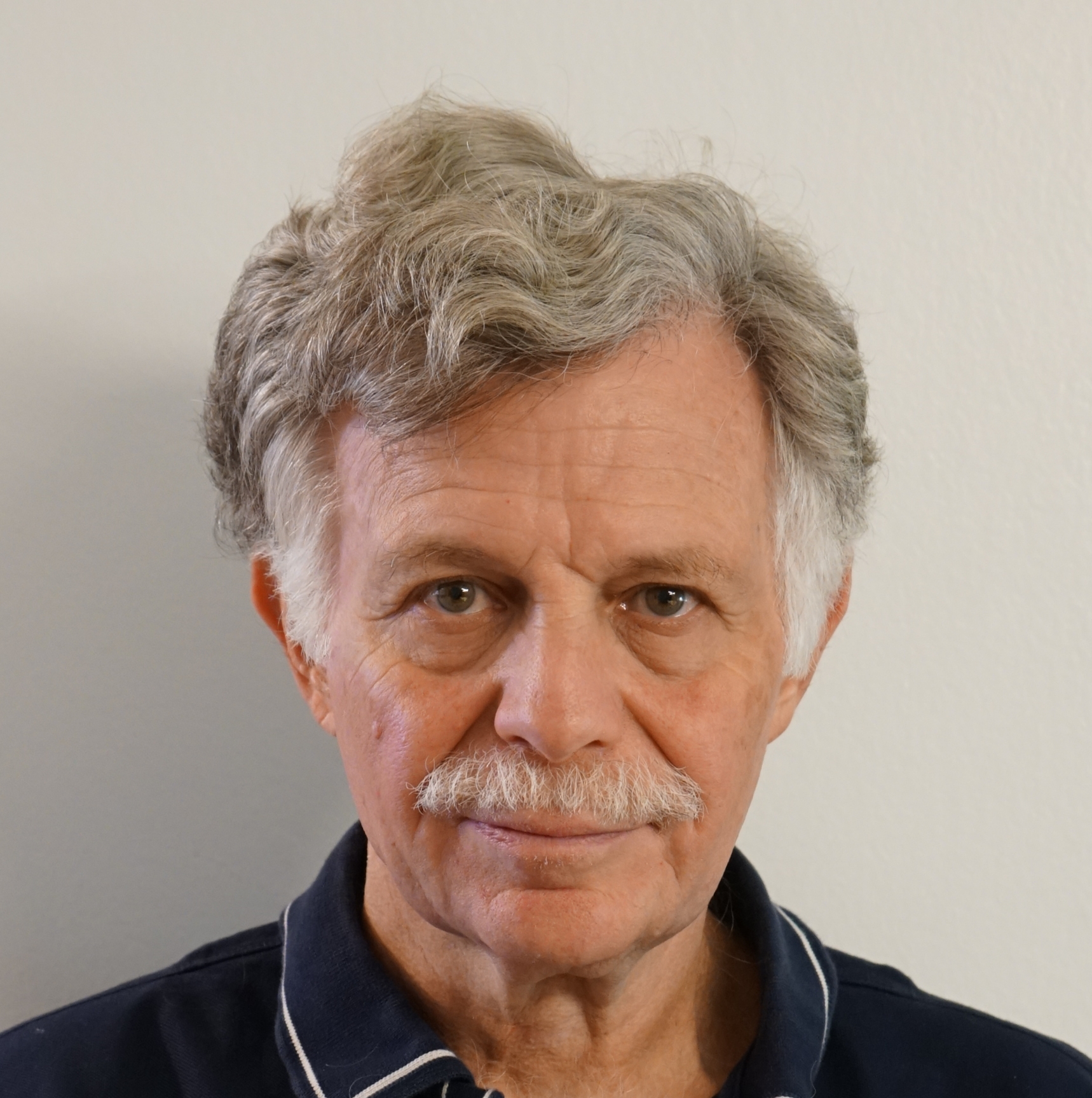 Jonathan Victor | Jonathan Victor is Professor of Neuroscience and Fred Plum Professor of Neurology in the Feil Family Brain and Mind Research at Weill Cornell Medical College. His laboratory currently focuses on spatial vision (especially texture), image statistics, and the structure of perceptual spaces; areas of collaborative research include active sensation and neural coding in vision and olfaction, information theory, and disorders of consciousness. Website: http://www-users.med.cornell.edu/~jdvicto/labonweb.html |
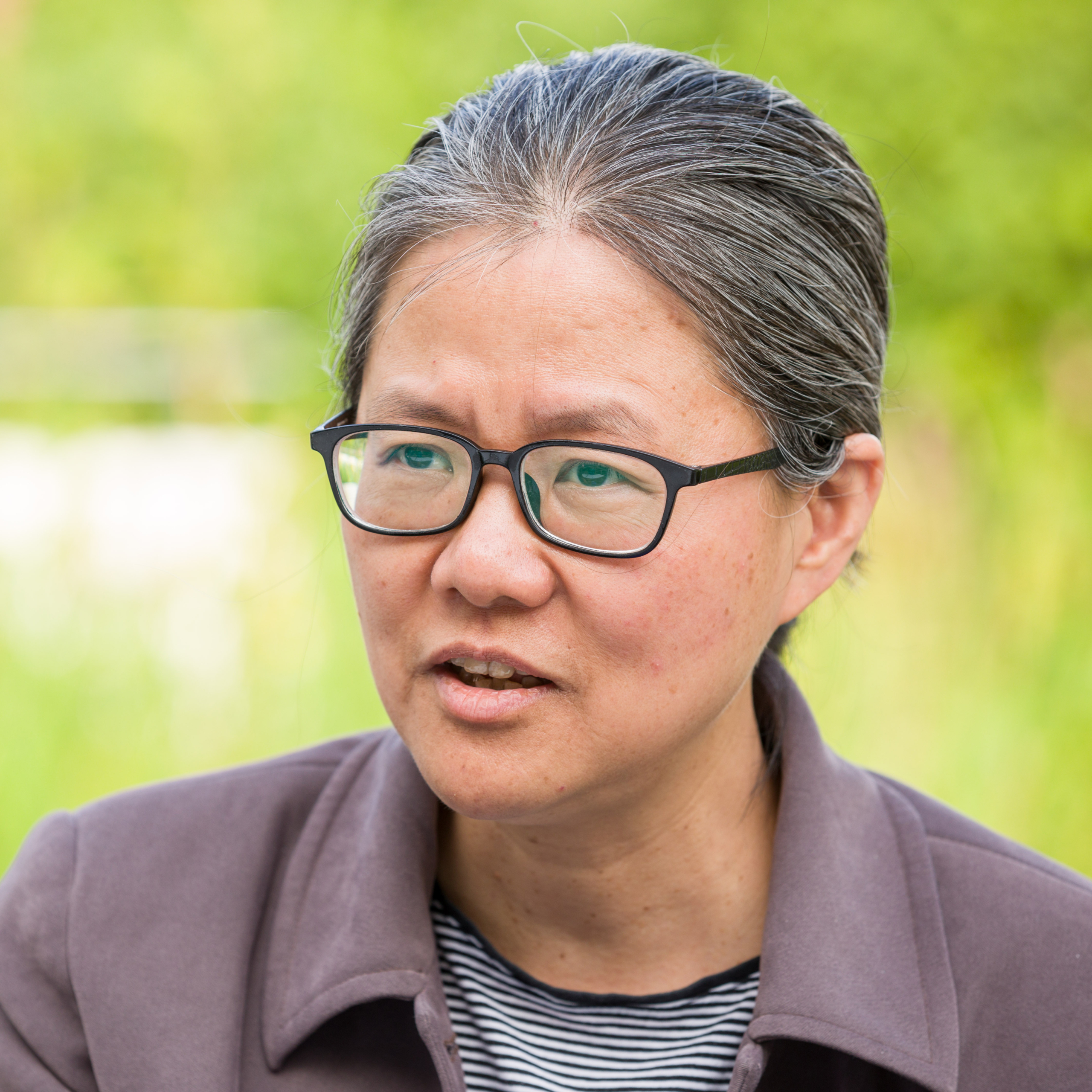 Li Zhaoping | Li Zhaoping is head of the department of Sensory and Sensorimotor Systems at the Max-Planck-Institute for Biological Cybernetics, a professor at the University of Tuebingen, and the author of the textbook “Understanding vision: theory, models, and data”. In the 1990s, she proposed V1 Saliency Hypothesis (V1SH) that the primary visual cortex in primates creates a saliency map to automatically attract visual attention to salient visual locations. V1SH is supported by behavioral and neural data, and is motivating a new framework to understand vision. Zhaoping uses both theoretical and experimental methods in her studies.
|
